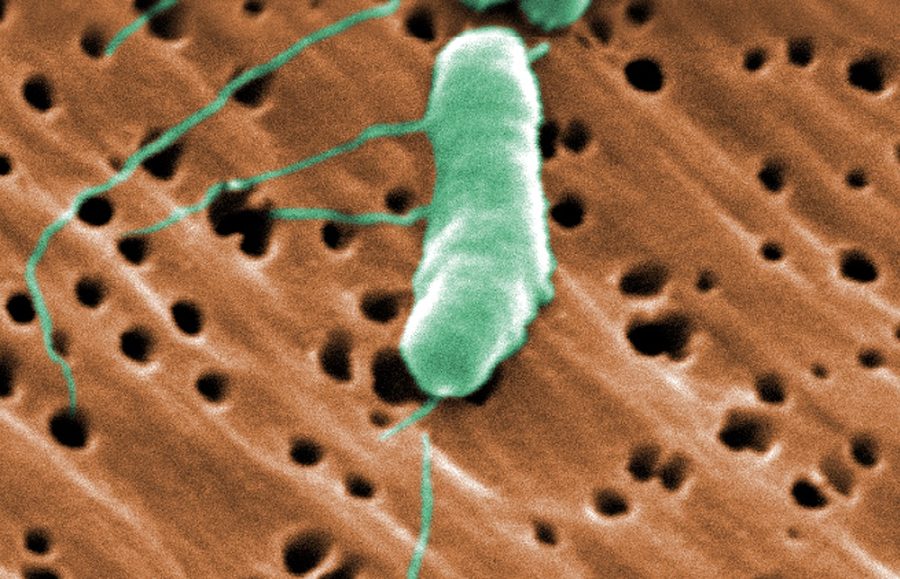Funky Flesh Eating Bacteria
Global warming is a huge cause of many widespread problems all over the world, causing rising sea levels, large weather changes, hot and dry droughts, and the overall heating of the planet. But one small concept that most don’t realize is the millions of dangerous bacteria stored in the ocean. Due to the mass-scale heating of the oceans, flesh-eating bacteria move to new coastal areas much closer to civilizations.
Vibrio vulnificus, the name of this bacterial virus, has recently been very prominent in the United States and it is predicted to double its numbers in the next 20 years. A study about this has been published by Journal Scientific Reports and according to them,” seawater bacterial concentrations are increasing but changing disease pattern assessments or climate change projections are rare. Here, using a 30-year database of V. vulnificus cases for the Eastern USA, changing disease distribution was assessed. An ecological niche model was developed, trained, and validated to identify links to oceanographic and climate data.” This means that with new technology, they were able to predict the way that bacteria move throughout the oceans and additionally the percentages that the virus covers a part of the ocean will grow over time, in this specific case, in 30 years.
This specific bacteria was used for these tests because it responded rapidly to minuscule changes in ocean temperatures and the environment. They also talked about how global warming has caused oceans to increase in temperatures by 1.2 degrees Celsius since the industrial area began. It is also predicted that by the 2030’s the temperature increase will go up to 1.5 degrees Celsius.
This bacteria can spread mostly due to its capacity to replicate quickly in higher temperatures, or its propensity to proliferate. As reported by NBC, “That northward migration is exacerbated by climate change, the researchers added, because warmer seas allow the bacteria to multiply. It serves as an illustration of how environmental changes may have far-reaching ripple effects, according to Archer. This makes it a very rare species, along with its innate capacity to digest the flesh.” Although it’s uncommon to actually become ill from V. vulnificus infection, Harvard Global Health Institute director Dr. Louise Ivers asserts that “sometimes the rarest of illnesses can cost the most to the health care system, especially if they’re unexpected and very aggressive.”
This virus can cause necrotizing fasciitis, an infection where the blood and flesh around an open wound die and rots away. According to The CDC, “One species, Vibrio vulnificus, can cause life-threatening wound infections. Many people with Vibrio vulnificus infection require intensive care or limb amputations, and about 1 in 5 people with this infection die, sometimes within a day or two of becoming ill.”
Overall this “flesh-eating” bacteria is quite rare to contract, but with global warming increasing its numbers all over the world more and more people are available to contract this virus.






